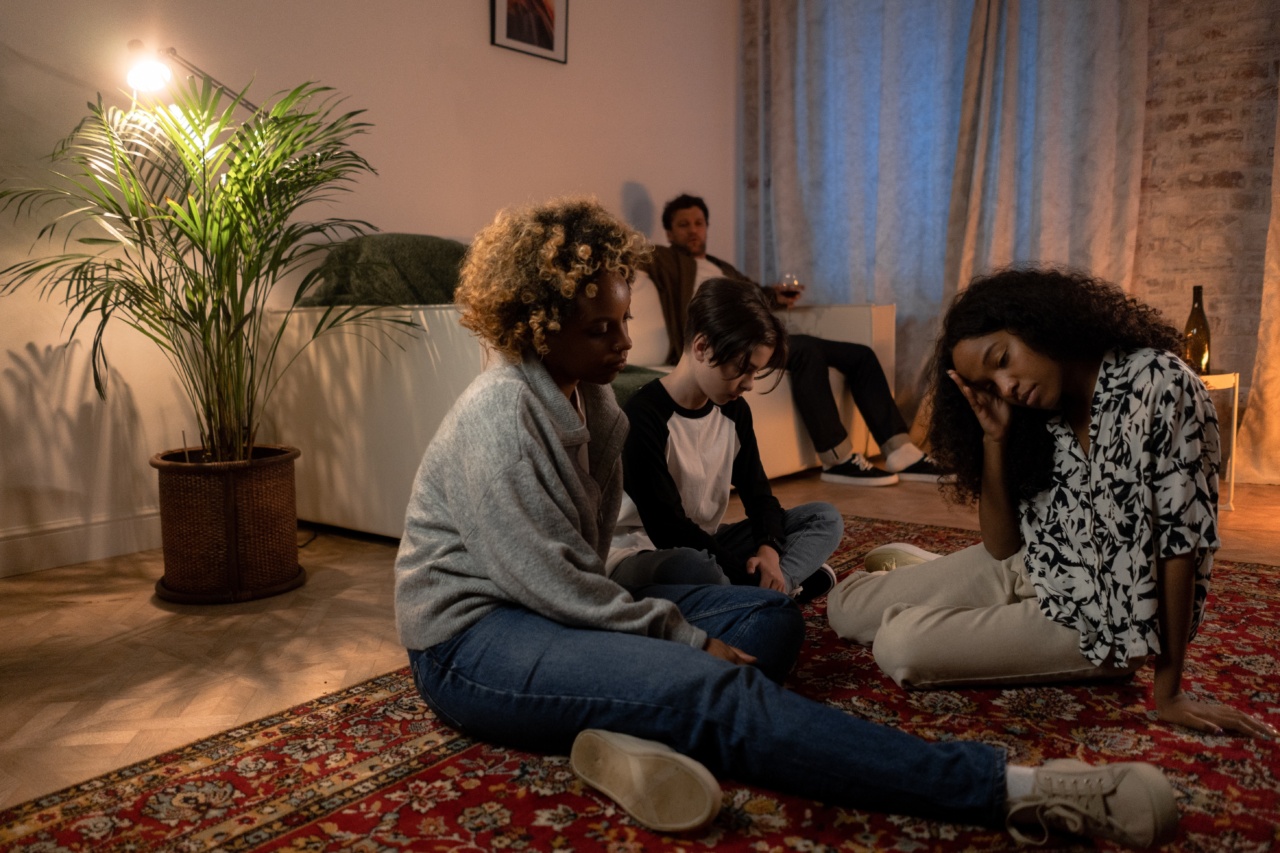Porphyra is a type of red seaweed that is commonly used in many Asian cuisines. While it is generally considered safe to consume, some people may develop an allergic reaction to it.
In children, this can be particularly concerning as it may be linked to anemia. In this article, we will explore the causes, symptoms, and treatments of allergic porphyra and anemia in children.
What is allergic porphyra?
Allergic porphyra, also known as seaweed allergy, is a hypersensitivity reaction to proteins found in porphyra. The severity of the reaction can vary from mild to life-threatening anaphylaxis.
Symptoms typically appear within minutes to hours after consumption of porphyra and may include:.
- Hives or rash
- Skin itching and redness
- Nausea and vomiting
- Dizziness or fainting
- Shortness of breath or wheezing
- Swelling of the face, lips, or throat
It is important to note that some people with porphyra allergy may also be allergic to other types of seaweed, such as nori or kelp.
What is anemia?
Anemia is a condition in which the body does not have enough red blood cells or hemoglobin to carry oxygen to the body’s tissues. In children, anemia can cause a range of symptoms, including:.
- Weakness and fatigue
- Pale skin
- Shortness of breath
- Irritability
- Poor appetite
There are many causes of anemia, including blood loss, iron deficiency, and underlying medical conditions such as sickle cell anemia or thalassemia. Allergic porphyra can also be a cause of anemia in some children.
How does allergic porphyra cause anemia in children?
It is not fully understood how allergic porphyra can cause anemia in some children, but it is thought to be related to the immune system’s response to the allergen.
When the body detects an allergen, it produces an immune response that can lead to inflammation and damage to surrounding tissues. In some cases, this immune response may also affect the bone marrow’s ability to produce red blood cells, leading to anemia.
Diagnosing allergic porphyra and anemia in children
If a child has symptoms of an allergic reaction after consuming porphyra, a doctor may perform an allergy test to confirm the diagnosis. This may involve a skin prick test or blood test to check for specific antibodies to porphyra.
If anemia is suspected, a doctor may order a complete blood count (CBC) to check the child’s red blood cell count, hemoglobin levels, and other blood parameters.
Treatment for allergic porphyra and anemia in children
The first step in treating allergic porphyra is to avoid the allergen. This may involve reading food labels carefully and avoiding dishes that contain porphyra.
In cases of severe allergic reactions, a child may need an emergency injection of epinephrine, a medication that can quickly reduce symptoms and prevent anaphylaxis.
For anemia caused by allergic porphyra, treatment may involve iron or vitamin supplements to boost red blood cell production. In some cases, a child may need a blood transfusion to replace lost blood cells.
Preventing allergic porphyra and anemia in children
The best way to prevent allergic porphyra and anemia in children is to avoid exposure to the allergen. Parents should be aware of the foods that contain porphyra and read food labels carefully.
If a child has a known porphyra allergy, parents should inform caregivers, daycare providers, and school staff to ensure that the child’s meals do not contain the allergen.
To prevent anemia, children should eat a healthy diet rich in iron and other essential nutrients. This may include foods such as lean meats, fish, eggs, leafy green vegetables, and fortified cereals.
If a child has a known allergy to porphyra, it is important to ensure that they are getting enough of these essential nutrients from other sources.
Conclusion
Allergic porphyra can cause a range of symptoms in children, including anemia. If your child has a suspected porphyra allergy or symptoms of anemia, it is important to seek medical attention promptly.
With proper diagnosis and treatment, most children can manage their allergies and anemia effectively and lead healthy, active lives.






























